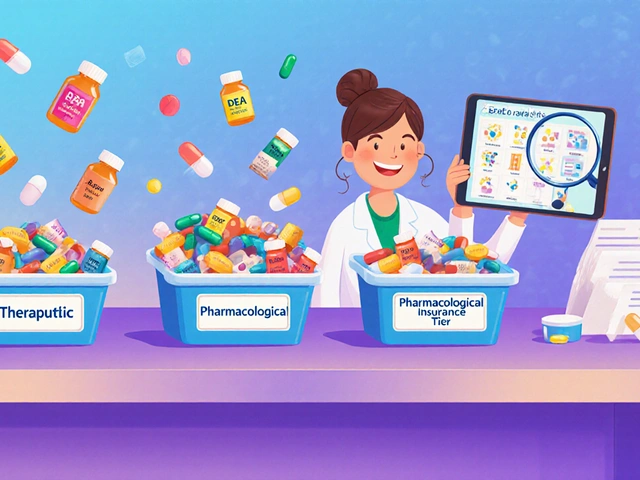How and Where to Buy Decadron Online Safely in 2025
July 26 2025Health Disparities: What They Are and Why They Matter
When talking about Health Disparities, the measurable gaps in health outcomes across different population groups. Also known as health inequities, they show up in everything from infant mortality rates to chronic disease prevalence. Health disparities aren’t random; they’re driven by deeper forces. Social Determinants of Health, conditions like housing, education, and employment that shape daily life set the stage for unequal risk. When those conditions limit Access to Care, the ability to obtain timely, affordable medical services, outcomes diverge sharply. Add in Racial and Ethnic Inequality, systemic biases that affect diagnosis, treatment, and trust in providers, and the picture gets even clearer. Finally, Economic Inequality, the gap in wealth and income that restricts resources for healthy living fuels all of the above. In short, health disparities encompass unequal access to care, are shaped by social determinants of health, and are amplified by economic and racial inequality.
Key Drivers Behind the Gaps
Understanding the connections helps you see where change is possible. Social determinants of health influence where people live, the quality of schools they attend, and the safety of neighborhoods—all of which affect diet, stress levels, and exposure to pollutants. When communities lack affordable clinics, access to care drops, leading to delayed diagnoses and unmanaged conditions. Racial and ethnic groups often face bias in clinical settings, which can result in undertreatment or miscommunication. Economic inequality limits the ability to purchase nutritious food, maintain a stable home, or afford medications, deepening the health gap. These factors don’t act alone; they interact in a feedback loop where poor health reduces earning potential, which then worsens living conditions. Recognizing this loop is crucial for anyone looking to improve public health, design interventions, or advocate for policy change.
Below you’ll find a curated set of articles that break down each of these pieces. From practical tips on managing medication side‑effects that disproportionately affect underserved groups, to deep dives into specific drug comparisons and how they play out in different socioeconomic settings, the collection gives you both the big picture and the nitty‑gritty details you need to navigate health disparities effectively.
 14 Oct
14 Oct
Ovarian Cancer & LGBTQ+ Community: Challenges, Risks, and Support Resources
Explore the specific risks, barriers, and support options for LGBTQ+ individuals facing ovarian cancer, with practical advice and resources.
Read More...




